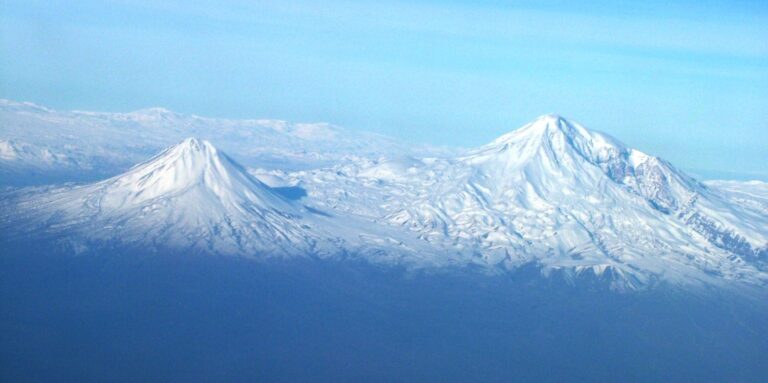Ararat Ler Masin Banastexcutyunner

Հայկ նահապետը, հայ ժողովրդի առասպելական հիմնադիրը։ Նկարիչ՝ Մկրտում Հովնաթանյան (1779–1846)։ Ետնանկարում պատկերված է Արարատը։ Ararat is pictured in the background.
C ose X Home Adam smith capital asset depreciation durable good economics goods non-renewable physical capital production service stock A non- renewable resource (also called a finite resource) is a resource that does not renew itself at a sufficient rate for sustainable economic extraction in meaningful human timeresource frames. An example is carbon-based, organically-derived fuel. The original organic material, with the aid of heat and pressure, becomes a fuel such as oil or gas. Earth minerals and metal ores, fossil fuels (coal, petroleum, natural gas) and groundwater in certain aquifers are all considered non-renewable resources, though individual elements are almost always conserved. In contrast, resources such as timber (when harvested sustainably) and wind (used to power energy conversion systems) are considered renewable resources, largely because their localized replenishment can occur within time frames meaningful to humans.
Earth minerals and metal ores are examples of non-renewable resources. The metals themselves are present in vast amounts in Earth's crust, and their extraction by humans only occurs where they are concentrated by natural geological processes (such as heat, pressure, organic activity, weathering and other processes) enough to become economically viable to extract.
These processes generally take from tens of thousands to millions of years, through plate tectonics, tectonic subsidence and crustal recycling. The localized deposits of metal ores near the surface which can be extracted economically by humans are non-renewable in human time-frames. There are certain rare earth minerals and elements that are more scarce and exhaustible than others.
These are in high demand in manufacturing, particularly for the electronics industry. Most metal ores are considered vastly greater in supply to fossil fuels, because metal ores are formed by crustal-scale processes which make up a much larger portion of the Earth's near-surface environment, than those that form fossil fuels which are limited to areas where carbon-based life forms flourish, die, and are quickly buried. In 1987, the World Commission on Environment and Development (WCED) an organization set up by but independent from the United Nations classified fission reactors that produce more fissile nuclear fuel than they consume -i.e.
Contents • • • • • • • • • • • • • • • • • • • • • • • • • • • • • • • • • • • • • • • • • • • Political borders Mount Ararat forms a near- between,,. Its summit is located some 16 km (10 mi) west of both the border and the border of the exclave of Azerbaijan, and 32 km (20 mi) south of the Armenian border. The Turkish–Armenian–Azerbaijani and Turkish–Iranian–Azerbaijani are some 8 km apart, separated by a narrow strip of Turkish territory containing the road which enters Nakhchivan at. From the 16th century until 1828 the range was part of the Ottoman-Persian border; Great Ararat's summit and the northern slopes, along with the eastern slopes of Little Ararat were controlled by Persia. Following the and the, the Persian controlled territory was ceded to the Russian Empire.
Little Ararat became the point where the Turkish, Persian, and Russian imperial frontiers converged. Defektnij akt na spisanie mebeli 2. The current international boundaries were formed throughout the 20th century. The mountain came under Turkish control during the 1920.
It formally became part of Turkey according to the 1921. In the late 1920s, Turkey crossed the Iranian border and occupied the eastern flank of Lesser Ararat as part of its effort to quash the, during which the Kurdish rebels used the area as a safe haven against the Turkish state.
Iran eventually agreed to cede the area to Turkey in a. The Iran-Turkey boundary skirts east of Lesser Ararat, the lower peak of the Ararat massif. As of 2004 the mountain is open to climbers only with 'military permission'.
The procedure to obtain the permission involves submitting a formal request to a Turkish embassy for a special 'Ararat visa', and it is mandatory to hire an official guide from the Turkish Federation for Alpinism. Access is still limited, even for climbers who obtain the necessary permission, and those who venture off the approved path may be fired upon without warning. Names and etymology. Mount Ararat 3D Summit ice cap The on the summit of Mount Ararat has been shrinking since at least 1957. In the late 1950s, Blumenthal observed that there existed 11 outlet emerging from a summit snow mass that covered about 10 km 2 (3.9 sq mi).